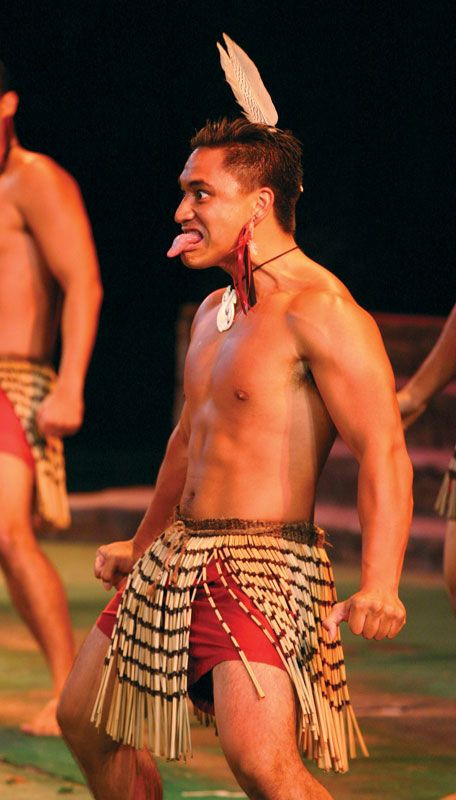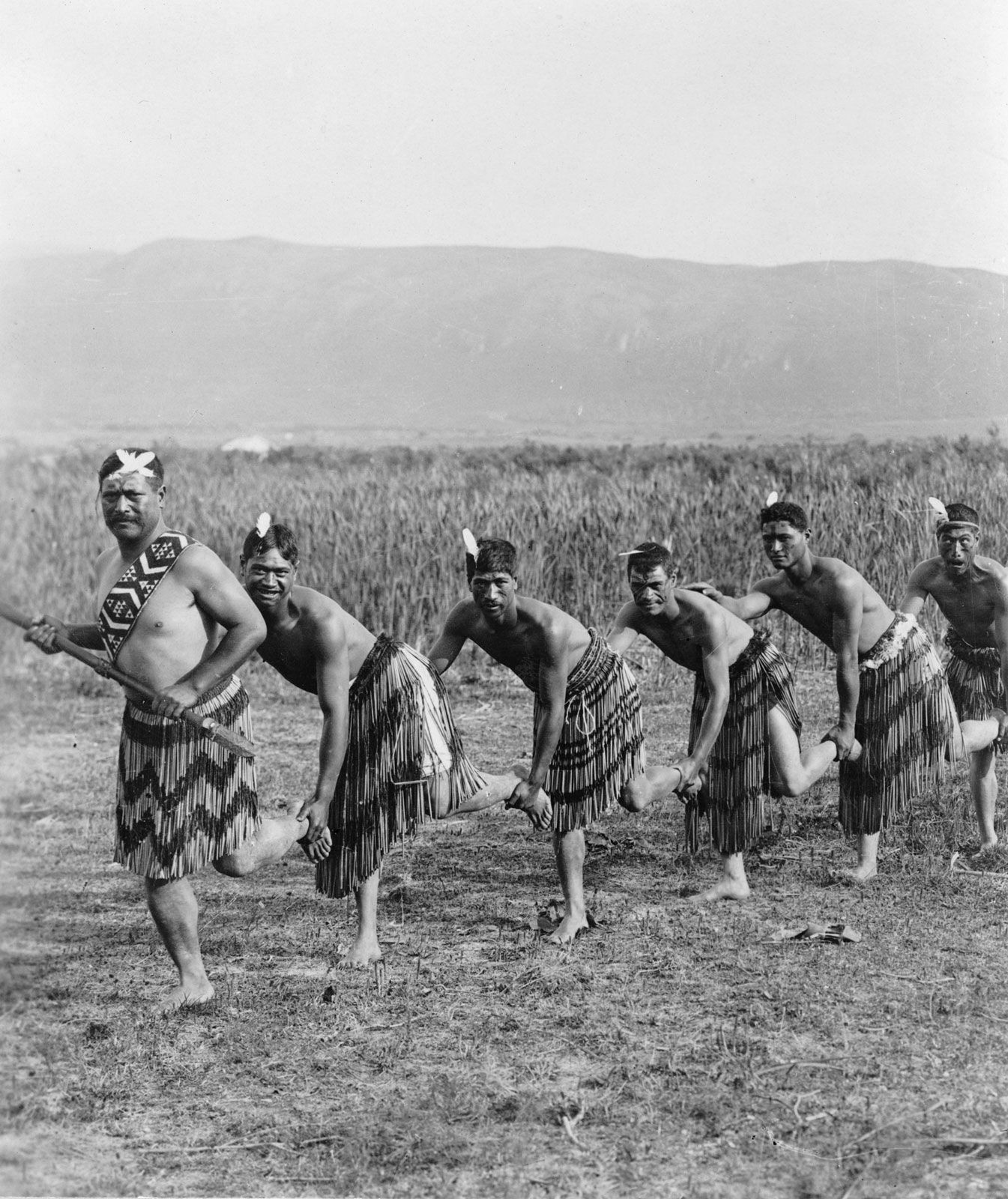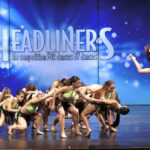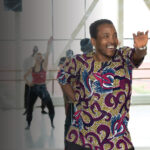The haka is more than just a dance; it’s a powerful expression of Maori culture, history, and identity. Originating from the indigenous people of New Zealand, this posture dance is characterized by vigorous rhythmic movements involving the entire body. Performers often incorporate actions like swaying, chest and thigh slaps, foot stamping, and stylized violent gestures. Adding to its intensity, the haka is performed with a chant and often includes intimidating facial expressions featuring widened eyes and protruding tongues.
 Intense facial expression of a haka dancer.
Intense facial expression of a haka dancer.
While often associated with the war dances of male Maori warriors, the haka’s role extends far beyond battle preparations. Both men and women participate in various forms of haka, each serving diverse social functions within Maori communities. These performances are integral to expressing a wide range of emotions and occasions.
The roots of the haka are deeply embedded in Maori legend. It is said that Tama-nui-te-ra, the sun god, and Hine-raumati, the embodiment of summer, had a son named Tane-rore. In Maori tradition, the shimmering air seen on hot summer days is believed to be Tane-rore dancing for his mother. This quivering motion, particularly the trembling hands of haka performers, is symbolic of Tane-rore’s dance and forms the foundational movement of all haka. This connection to nature and mythology adds a spiritual dimension to the dance.
Historically, the haka served as a crucial part of protocols for encounters between groups and for welcoming visitors into a community. It was a way to communicate intentions, status, and emotions non-verbally. In contemporary Maori society, the haka continues to be relevant and is performed at numerous events including birthdays, weddings, funerals, and various celebratory gatherings. It also acts as a potent symbol of Maori tribal identity and cultural pride.
Since 1972, the haka has gained further prominence through its inclusion in Te Matatini, a highly anticipated biennial performing arts festival in New Zealand. This festival has played a significant role in preserving and promoting Maori performing arts, with haka being a central and captivating element.
Perhaps the most globally recognized haka is “Ka Mate,” composed around 1820 by the Maori chief Te Rauparaha. Its international fame surged in the early 20th century when it was adopted by New Zealand’s national rugby union team, the All Blacks, as their pre-game ritual. This incorporation has brought the haka to a worldwide audience, making it synonymous with New Zealand and Maori culture in the eyes of many.
 Historical photo of Maori men performing haka.
Historical photo of Maori men performing haka.
In conclusion, the haka is a multifaceted and deeply meaningful tradition. It is a dance, a chant, a ritual, and a powerful form of cultural expression that embodies the spirit and heritage of the Maori people. Whether performed for welcoming, celebration, or as a symbol of identity, the haka remains a vibrant and important aspect of Maori culture, captivating audiences worldwide with its energy and profound cultural significance.


